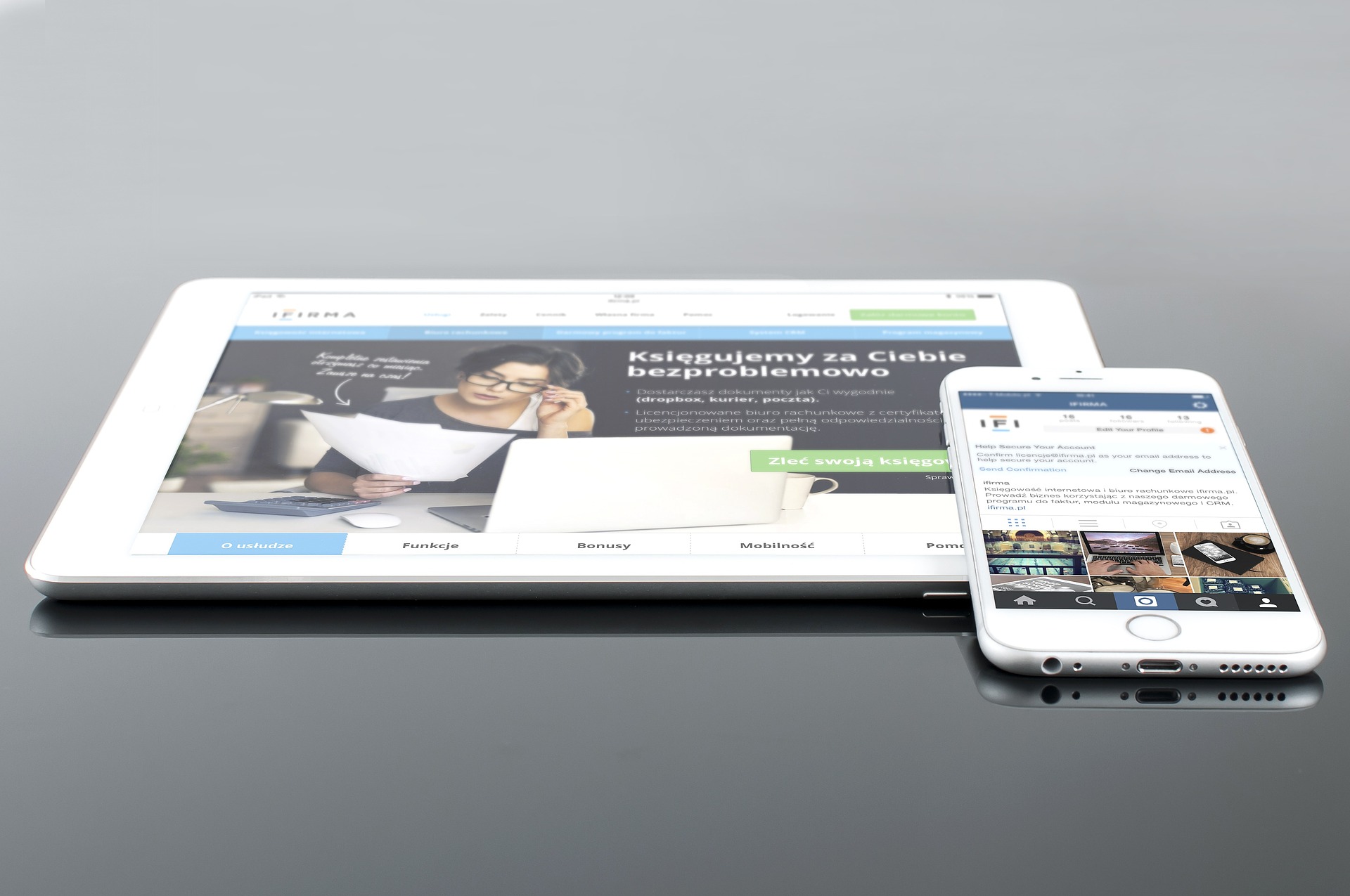Responsible use of smartphones and tablets also means respecting your eyes and vision. The practicality of these technological devices means that smartphones and tablets are always at hand. When you cannot use the computer these devices come to the rescue and for many they are the primary electronic device used during their day.
But can the brightness of the screen on your portable device be stressing your eyes too much?
Dr. Paolo Vinciguerra, director of the Center of Ophthalmology at Humanitas hospital, provides us with advice on using these devices without too much strain on the vision:
1. The right distance
“It changes according to the device used: closer for the smartphone as it is smaller, and further for the tablet as it is bigger.”
2. Small screen, what does it mean?
“The small size of the screen is a particular problem for those suffering from presbyopia, a visual disorder that is age-related and that can arise after the age of 40. People who are farsighted have difficulty focusing up close and reading the information on a smartphone or a tablet”.
3. Fundamental resolution
“It is very important that the screen has a good resolution: the lower the resolution, the worse the image quality, and the more the eye gets tired. Even more so in those who present disorders of refraction”.
4. Set the right brightness
“Often we set a low screen brightness to save on battery power, but this is a cause of stress for the eye. The eye tires if the smartphone or tablet has dimmed lighting. The pupil enlarges and the area in sharp focus becomes smaller, so sometimes one does not understand what is being observed”.
5. Choose an “intelligent” smartphone and tablet
“There are devices that reflect ambient light and those who have their own lighting. The first require an intense ambient light, while the other devices have a measurement device that best adapts to the ambient light. It is up to the user to set the sensor properly”.
6. Rest your eyes occasionally to avoid tablet eye strain
“The use of a smartphone is more brief and frequent, while the use of a tablet can be prolonged but occasional. Therefore, it is important to take breaks to rest the vision and the eyes.”
7. If you have the option, go for the printed version
“For the eyes, a printed page is always better than a “Digital” page. With technological devices, people are proactive. Everything relys on the technology and its benefits and an effort is made to read even in poor conditions that can stress the vision. Having in hand a printed page one already knows that it should only be used in good reading conditions, with sufficient lighting. The print also helps to store information, especially for those who have a good visual memory”.
-
3,400 Physicians
-
110,400 Annual surgeries
-
190,400 Annual Inpatient Admissions
-
928,000 Patients



